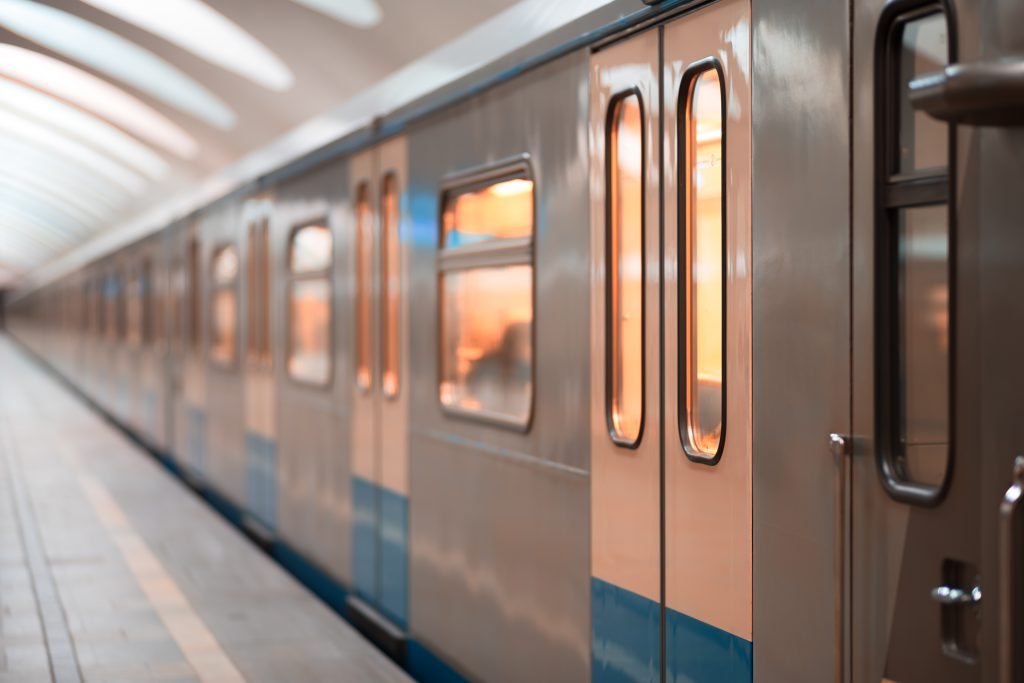The Metro – Are we missing the wood for the trees?

The unveiling of Government’s studies into a metro system came at a time when the general election is looming and traffic levels have reached if not exceeded the gridlock of the pre-pandemic days despite the millions being spent in the road network. The timing does raise an eyebrow as these studies had been carried out in 2016 but were only published five years later. Is this just pie in the sky with the aim of dangling a carrot for thousands of frustrated motorists, the construction industry and environmentalists who have been harping in the need of a sustainable mass transport system? From a political perspective there have also been suggestions this could be a decoy to shift the attention away from more pressing issues.
Judging from government’s PR campaign alone, it seems that this mammoth project is a fait accompli as the level of detail is quite astonishing. Apart from unveiling the route network, on the social media the Government has published the exact locations of the stations to the point that debates and controversies seem to be focusing on minute details. In some instances, like the proposed Balluta station we have heard concerns that a monument of former President Censu Tabone would have to make way. However, what about the bigger picture? Is the discussion being channelled to the environmental impacts, the financial viability, and the socio-economic effects which this project will have?
In an interview with Voice of the Workers Weekly, Infrastructure Minister Borg last May was quite frank on this project and seemed to pour cold water on the idea of having a fully-fledged metro system. Back then he had rightly warned that not all that glitters is gold. First of all, he had pointed out that such a project would come with an annual expenditure to the tune of €90 million which could strain Malta’s finances especially in the post-Covid era when the deficit has soared.
Minister Borg had also warned that Government had to weigh the environmental impact especially the disposal of the large volume of construction waste generated – an estimated 10 million tons of construction waste, equivalent to almost 1.5 million truckloads, which is five times greater than the amount estimated for the Malta-Gozo tunnel. Given that no decision has been yet taken if Malta will be opting for land reclamation, the issue becomes even more serious. Where are we going to dump all this material?
From an economic and financial perspective, Borg had also pointed out that at present the only viable route would be from Pembroke to Gzira as that is the only stretch with enough commuters to make the service profitable.
“Commuters cannot expect to travel for free with a metro as this will require a recurrent annual expenditure in the region between €80 million and €90 million a year to run the service,” the Transport Minister had said. Nonetheless, government would still have to pay between €30 million and €35 million annually in subsidies to the bus operator, if not more as the service would have to be adjusted to feed the metro network. This expenditure will surely have to increase in the wake of government’s plans to make the bus service free for tal-linja card holders.
“Though everyone enjoys having a metro station in the village square, Government must decide responsibly,” he continued.
According to these studies even the routes themselves can stoke controversy due to the impact caused on the value of nearby properties and the business community.
In the words of the Infrastructure Minister whatever decision is taken, the country must pay a price. A metro system has the potential to reduce traffic but losing sight of the bigger picture, our attention risks derailing the entire project from the start.
